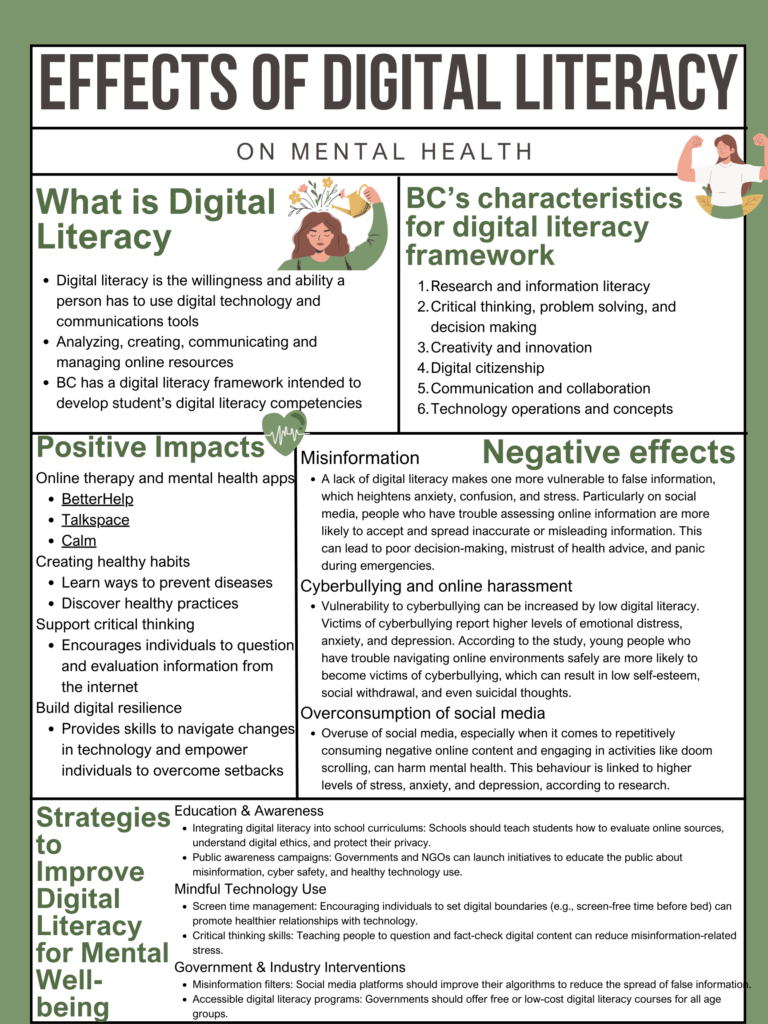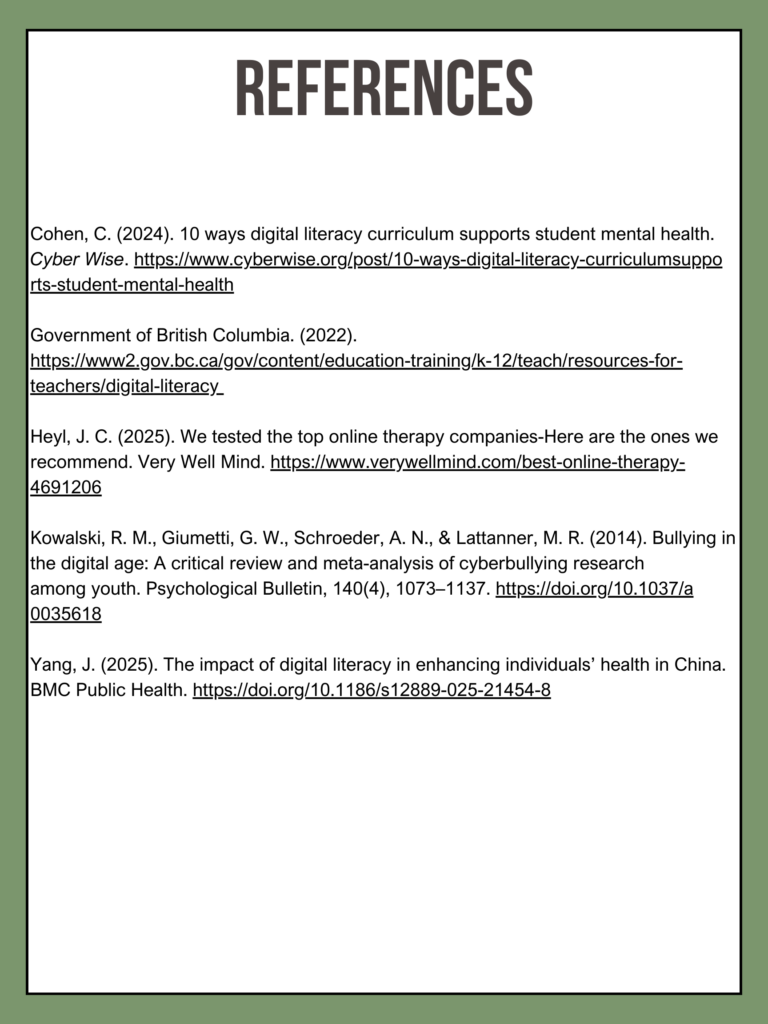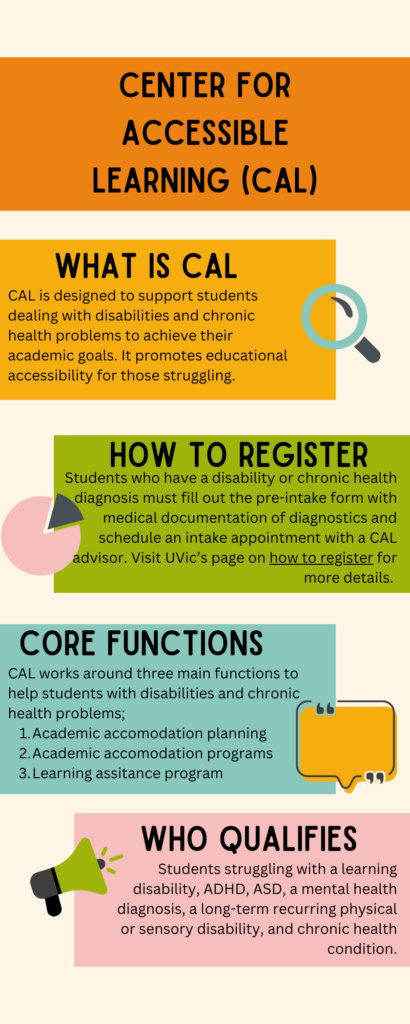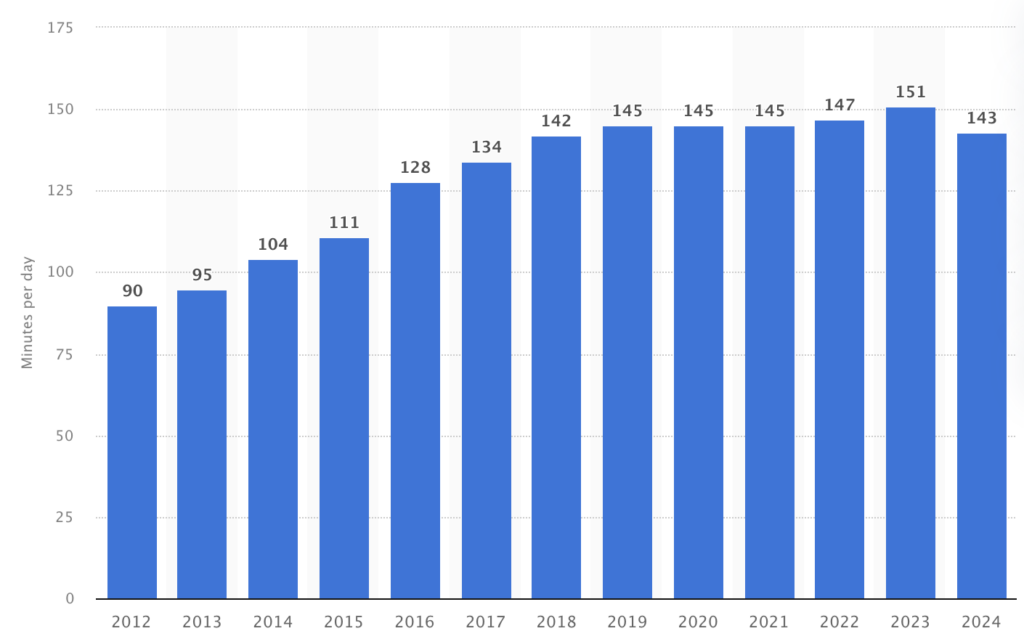The learning that stuck out to me the most this week in EDCI was on critical thinking based off the private talk with a philosophy professor. I took Philosophy 201 asynchronously with UVic last summer. As a first-year student that needed to take an elective, I chose this course for my personal interest as a first step into philosophy. Critical thinking can be described as “the ability to interpret, evaluate, and analyze facts and information available to form a judgment or decide if something is right or wrong” (Coursera, 2025). The philosophy of critical thinking allows us to be curious about the information we receive and search for any biases. I really enjoyed this course because the material was organized, and quizzes were made to help with my learning, which is critical in an online course for proper learning.
The main takeaways I got from this course were how to evaluate an argument’s pattern, judging the relevance of a sample for research, and identifying fallacies and biases. Overall, this helped me to properly analyze the sources I receive my information from. To this day, I still check for biases in my research, and I try to avoid letting my own biases get in the way of making a decision. One bias that I learned that I tend to fall victim to often is the confirmation bias. Confirmation bias essentially proves that we are more biased towards information that confirms our beliefs. Having strong critical thinking skills allows us to avoid making these mistakes. Elizabeth Perry states that there are six critical thinking skills: identifying biases, inference, research, identification, curiosity, and judging relevance (2025). By engaging these skills during a critical thinking process we can avoid falling for invalid information. As a student it is especially important to think critically when consulting with information for your learning. I provided a Ted Talk below that I like because it illustrates how to improve critical thinking in an easy way that everyone can implement in their lives.
References
Coursera. (2025). What are critical thinking skills and why are they important? https://www.coursera.org/ca/articles/critical-thinking-skills
Perry, E. (2025). How to start thinking critically and sharpen your mind. Better Up. https://www.betterup.com/blog/critical-thinking-skills#improve-your-critical-thinking-skills%C2%A0
TED-Ed. (2016, March 15). 5 Tips to Improve Your Critical Thinking – Samantha Agoos [Video]. YouTube. https://www.youtube.com/watch?v=dItUGF8GdTw






